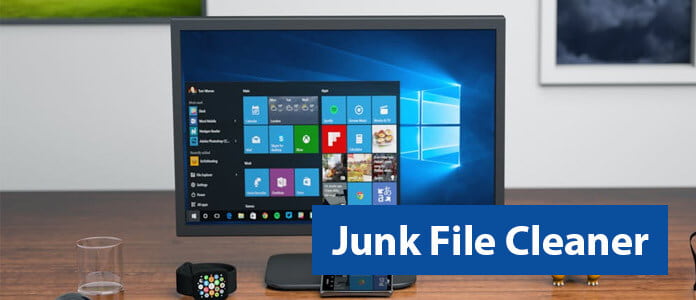

Once that's done, you'll be presented with a new window containing a list of things that are safe to delete. If you have a lot of stuff to clean up, it may take the tool several minutes to analyze your situation and get your cruft organized for deletion.

If this is the case, instead of typing "disk cleanup," type "free up disk space." A phrase may work when the name of the program doesn't. Sometimes the shortcut doesn't show up in your search results.

You can also find the tool by right-clicking a storage device in File Explorer, selecting Properties, and clicking the Disk Cleanup button to the right of the pie chart. Click and drag this shortcut to your desktop or taskbar for easier access next time. Find it by clicking the Start button, typing "disk cleanup" (whenever I say to type something, I mean without the quotes), and clicking the Disk Cleanup shortcut in your search results. The Disk Cleanup toolĮvery storage device in your computer has access to the Disk Cleanup tool.
#BEST FREE JUNK FILE CLEANER FOR WINDOWS 10 HOW TO#
Let's show you how to tidy things up yourself, using Windows' own built-in tools. Many junk file cleaning apps go too far, however, such as deleting your web browser cache, which will refill itself anyway over time and whose files help you load websites faster. "Temporary" files can get left behind permanently, and big updates to Windows may create many gigabytes of backup files that you never end up using. Just like your fridge, a computer's storage space needs to be cleaned out every once in a while to keep things running smoothly.


 0 kommentar(er)
0 kommentar(er)
